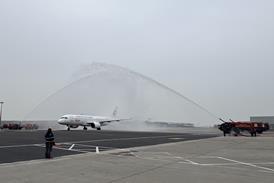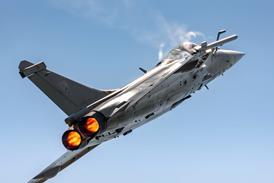Finnish operator seeks damages following loss of S-76C
Finnish commercial operator Copterline is to challenge US helicopter manufacturer Sikorsky in a US court alleging that failure of a critical part in one of its S-76Cs caused a fatal accident near Tallinn, Estonia on a scheduled service to Helsinki, Finland.
Copterline claims that since the crash its business has dramatically declined as passengers have chosen other means of transport. The company is seeking damages of $60 million for alleged breaches of warranty, negligence, gross negligence and failure to warn. However Sikorsky disputes Copterline's allegations in documents submitted to the New York district court.
The accident happened on 10 August 2005 when the helicopter went out of control within 2min of departure from Tallinn. All 12 passengers and both pilots were killed on impact with the sea, according to data recovered from the aircraft's flight data recorder (FDR).
An initial factual report provided three months later by the US National Transportation Safety Board said the helicopter's forward main rotor control actuator failed. The actuator's function is to enable the pilot to control flight by varying the main rotor blade pitch, and the US Federal Aviation Administration requires that in the event of the failure of such a critical component it should fail safe.
Copterline, using the NTSB inspector's early report, contends that the part, ordered in 2003 from Sikorsky-owned Helicopter Support (HSI), failed with the actuator piston in the fully extended position because flakes of the component's plasma coating separated and blocked the two return flow ports, immobilising it and freezing the main rotor blades at maximum pitch.
The NTSB says the FDR shows the manoeuvre - a rapid pitch-up and left roll as it departed controlled flight - was consistent with such a failure and advised all S-76 operators to check their actuators, but has yet to produce a final report. Copterline alleges the part was defectively designed and made.
Sikorsky says the S-76 is incapable of performing the manoeuvre that the FDR records, that the design of the actuator is such that it continues to operate safely with one of its return ports blocked, and that it has failed to reproduce the alleged failure in tests of the actuators because hydraulic pressure always dislodged any blockage. The manufacturer has not offered an alternative explanation for the loss of control.
Source: Flight International























